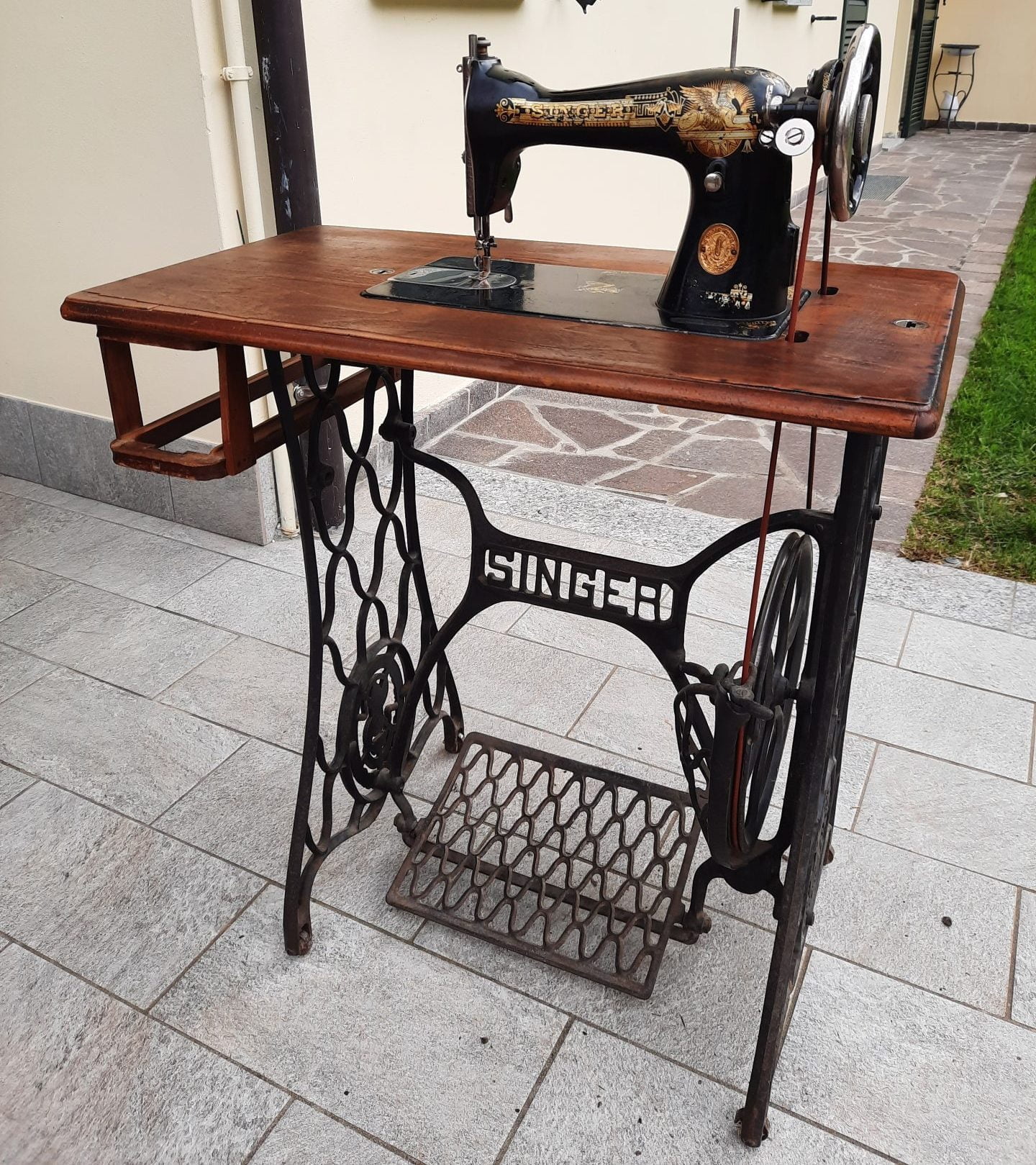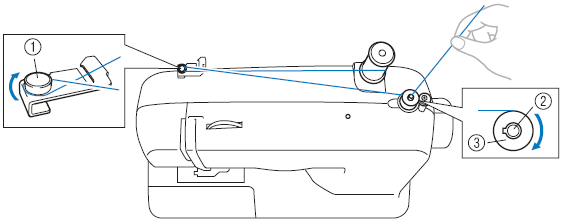How to Use Antique Singer Sewing Machine: Expert Tips
Antique Singer sewing machines are treasures. They are old but work great. Many people love them. They are durable and have a unique charm. If you have one, you might want to use it. But how? This guide will help you. It is simple and easy to follow. Let’s start.
Understanding the Parts
First, know the machine parts. This makes using it easier. Here are the main parts:
- Handwheel: This is on the side. It moves the needle up and down.
- Needle: The needle goes through fabric to sew.
- Presser Foot: It holds the fabric in place.
- Bobbin: It holds the bottom thread.
- Tension Dial: It controls thread tightness.
- Foot Pedal: It makes the machine go when you press it.
Setting Up the Machine
Now, let’s set up the machine. Follow these steps carefully:
- Place the Machine: Find a stable table. Put your sewing machine there.
- Connect the Power: Plug the machine into a power outlet.
- Thread the Needle: Follow these steps to thread the needle.
Threading The Needle
Threading the needle is important. Here is how to do it:
- Place the spool of thread on the spool pin.
- Pull the thread to the tension discs.
- Guide the thread through the take-up lever.
- Pass the thread through the needle hole.
Now your needle is ready to sew. Make sure the thread is tight but not too tight.
Winding and Inserting the Bobbin
Next, let’s work with the bobbin. The bobbin thread is the bottom thread. It is important for sewing.
Winding The Bobbin
Follow these steps to wind the bobbin:
- Place the bobbin on the bobbin winder.
- Wind the thread around the bobbin a few times.
- Press the foot pedal to start winding.
- Stop when the bobbin is full.
Inserting The Bobbin
Now insert the bobbin into the machine:
- Open the bobbin case.
- Place the bobbin inside.
- Pull the thread through the slot.
- Close the bobbin case.
Now your machine is ready to sew.
Basic Sewing Steps
Let’s start sewing! Follow these easy steps:
- Place the Fabric: Lift the presser foot. Place your fabric under it.
- Lower the Presser Foot: Lower it to hold the fabric.
- Press the Foot Pedal: Slowly press the foot pedal to sew.
- Guide the Fabric: Use your hands to guide the fabric gently.
- Finish Sewing: When done, lift the presser foot. Cut the thread.
Congratulations! You have sewn your first stitch.
Adjusting the Tension
Tension controls the tightness of the stitches. Adjust it for different fabrics. Here is how:
- Use the tension dial to adjust.
- Higher numbers mean tighter tension.
- Lower numbers mean looser tension.
Test on scrap fabric. Find the best tension for your project.

Credit: www.lrcrafts.it
Cleaning and Maintenance
Keep your machine clean. This helps it last longer. Here are some tips:
- Brush away dust and lint regularly.
- Oil the moving parts as needed.
- Cover the machine when not in use.
Proper care keeps your machine working well for years.
Troubleshooting Common Problems
Sometimes, things go wrong. Here are some common problems and solutions:
| Problem | Solution |
|---|---|
| Thread breaks | Check thread tension. Re-thread the machine. |
| Skipped stitches | Check the needle. Replace if bent or dull. |
| Fabric not moving | Check the feed dogs. Make sure they are up. |
These solutions solve most issues. If problems continue, seek help.

Credit: www.youtube.com
Frequently Asked Questions
What Are The Basic Parts Of An Antique Singer Sewing Machine?
An antique Singer sewing machine has a needle, presser foot, handwheel, and bobbin.
How Do I Thread An Old Singer Sewing Machine?
Start by threading the spool pin, through the tension discs, and then through the needle.
Where Can I Find The Model Number On My Singer Machine?
Look for the model number on the front or side of the machine.
How Do I Maintain An Antique Singer Sewing Machine?
Clean it regularly, oil the moving parts, and store it in a dry place.
Conclusion
Using an antique Singer sewing machine is fun. It connects us to the past. With this guide, you can sew with confidence. Remember to care for your machine. Enjoy creating beautiful things. Happy sewing!



![What Is The Best Beginner Sewing Machine [In 2026]](https://homeunderstandable.com/wp-content/uploads/2025/07/best-beginner-sewing-machine-amazon.jpg)
